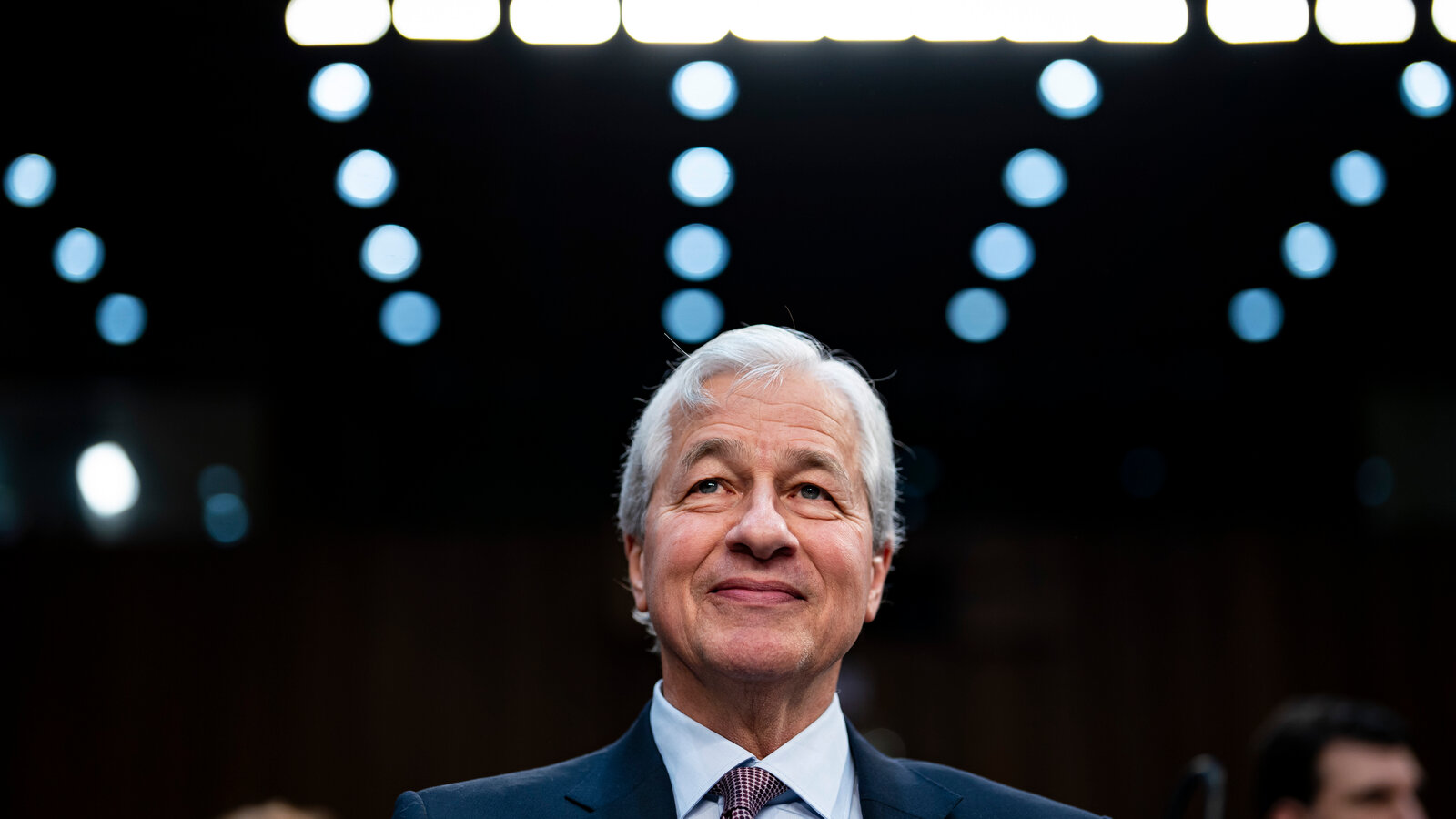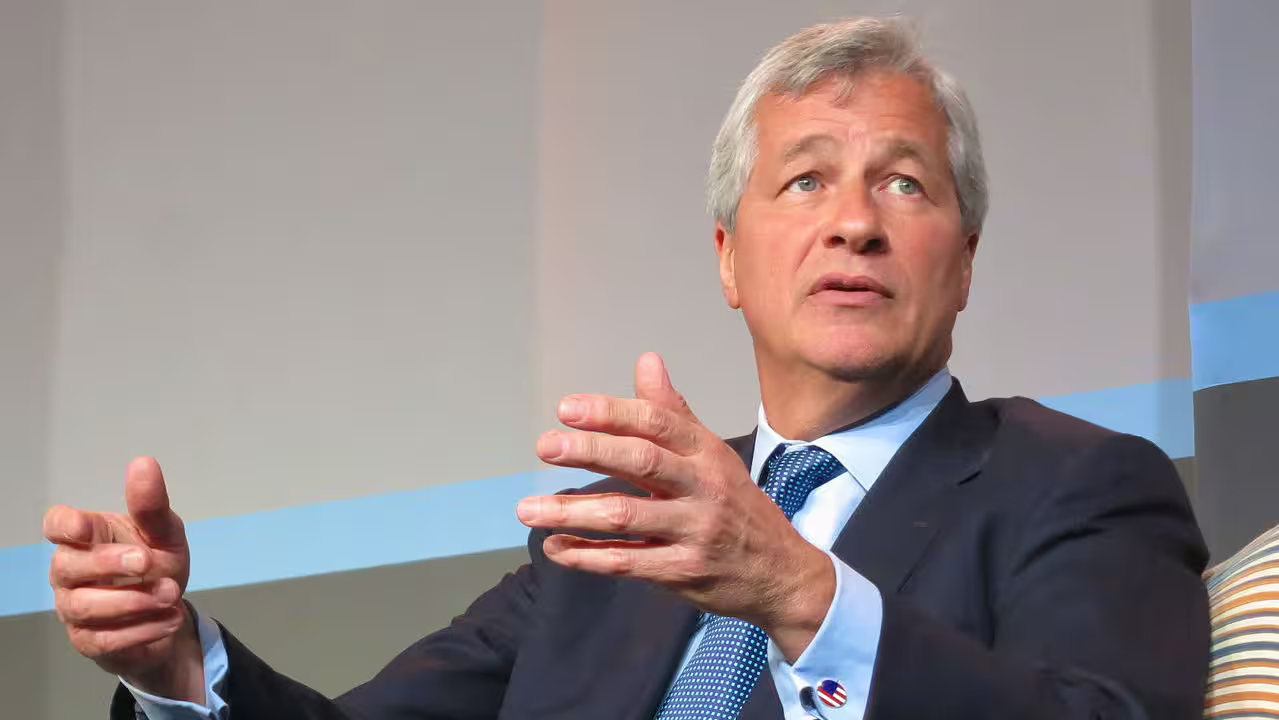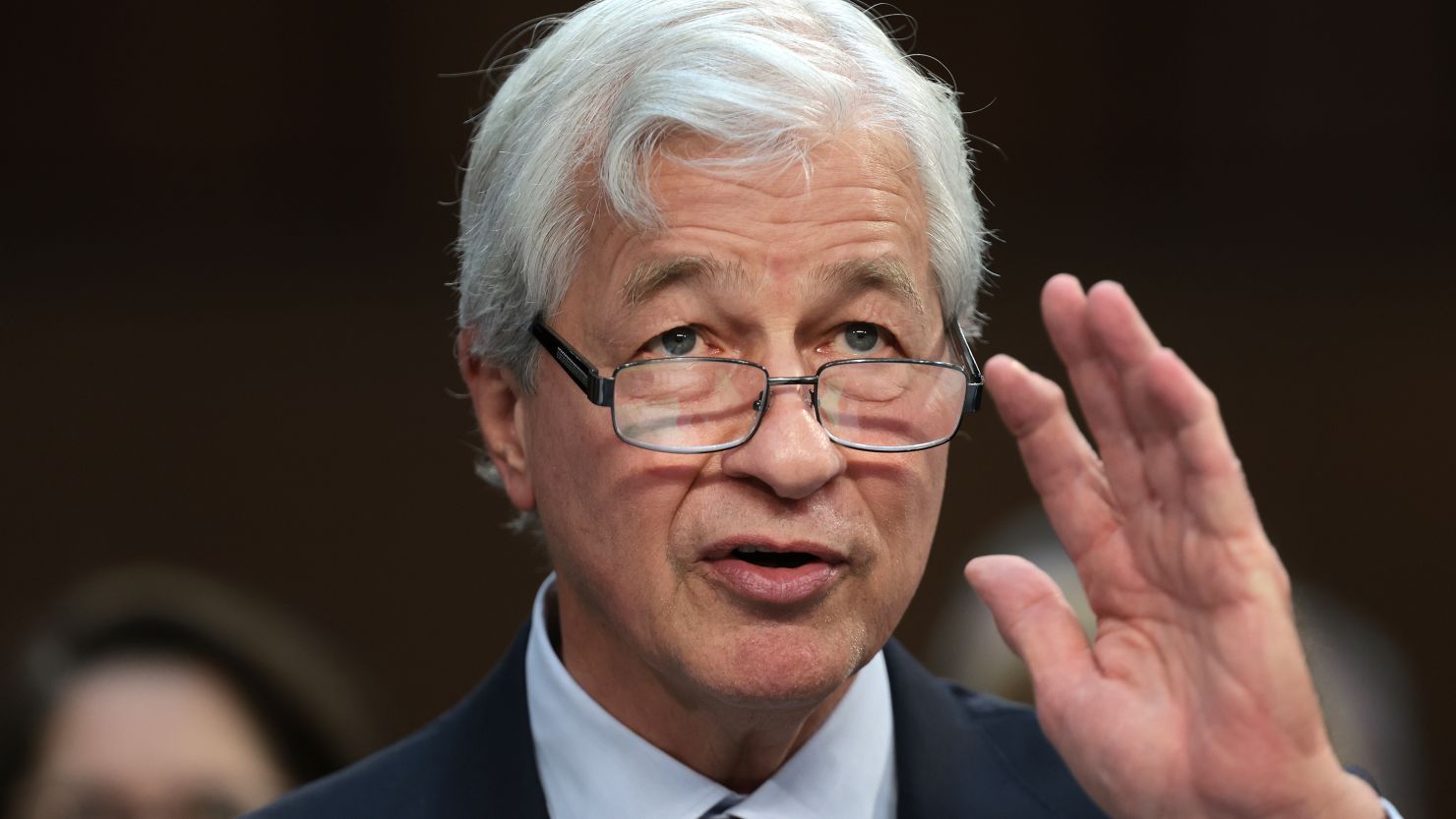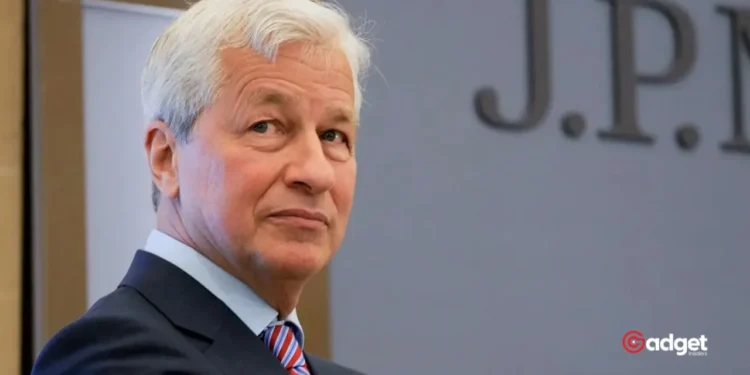In a recent interview at the JPMorgan Global China Summit in Shanghai, JPMorgan Chase CEO Jamie Dimon shared a bleak outlook for the U.S. economy, stirring concerns over the potential of a “hard landing.” This term, often used in economic contexts, describes a rapid shift from growth to recession, exacerbated by high inflation and stagnating growth—a scenario Jamie Dimon ominously predicts as a possibility for the near future.

Jamie Dimon’s insights come at a critical juncture. The U.S. and global economies are wrestling with persistent inflation and high interest rates, making the economic environment increasingly unpredictable. This unsettling forecast aligns with a growing anxiety among American voters.
According to a recent Redfield & Wilton Strategies poll, a significant portion of the electorate believes the economy is veering off course, intensifying the scrutiny of economic policies and their impacts.
Stagflation: A Looming Threat
The specter of stagflation, a situation where inflation and unemployment rise while economic growth stalls, looms large in Jamie Dimon’s analysis. “The worst outcome for the U.S. economy will be a stagflation scenario, where inflation continues to rise, but growth slows amid high unemployment,” Dimon articulated during his summit address.
His observations underscore an economy caught in a precarious balance, with inflation easing marginally from 3.5 percent to 3.4 percent as reported in April by the U.S. Bureau of Labor Statistics, yet not enough to mitigate broader economic fears.
Despite a robust consumer sector characterized by low unemployment and rising wages, Jamie Dimon pointed out that consumer confidence is waning. This decline has been noted for three consecutive months by The Conference Board, reflecting growing concerns about future business conditions, job availability, and income prospects.
“Consumers became less positive about the current labor market situation and more concerned about future business conditions, job availability, and income,” stated Dana M. Peterson, the Board’s chief economist.
The Fading Stimulus and What Lies Ahead
Adding to the complexity is the diminishing impact of the economic stimulus introduced during the COVID-19 pandemic. While this stimulus provided a temporary uplift, its benefits are receding, especially among lower-income groups.
“The extra money from COVID has been coming down. It’s still there, you know, at the bottom 50 percent, it’s kind of gone. So it’s, I’m going to call it normal, not bad,” Jamie Dimon remarked, suggesting a shift back to pre-pandemic economic conditions for these demographics.

Looking forward, Jamie Dimon anticipates that interest rates might not have stabilized just yet. “I think inflation is stickier than people think. I think the odds are higher than other people think, mostly because the huge amount of fiscal monetary stimulus is still in the system, and still may be driving some of this liquidity,” he explained.
This statement hints at a potential slight rise in interest rates, despite about half of traders expecting a 25 basis points cut by September, according to the CME FedWatch Tool.
Jamie Dimon: Preparing for Economic Shifts
As Jamie Dimon outlines a potentially rocky path ahead, stakeholders from all sectors—government policymakers, businesses, and consumers—must brace for the implications of these economic shifts.
With strategic planning and prudent management, the harsh effects of a hard landing might be mitigated, ensuring stability and growth in the tumultuous times ahead.

In an economy marked by uncertainty, staying informed and agile is more crucial than ever. For more insights and detailed analyses, revisit our financial news section and join the conversation on how best to navigate these challenging economic waters.










